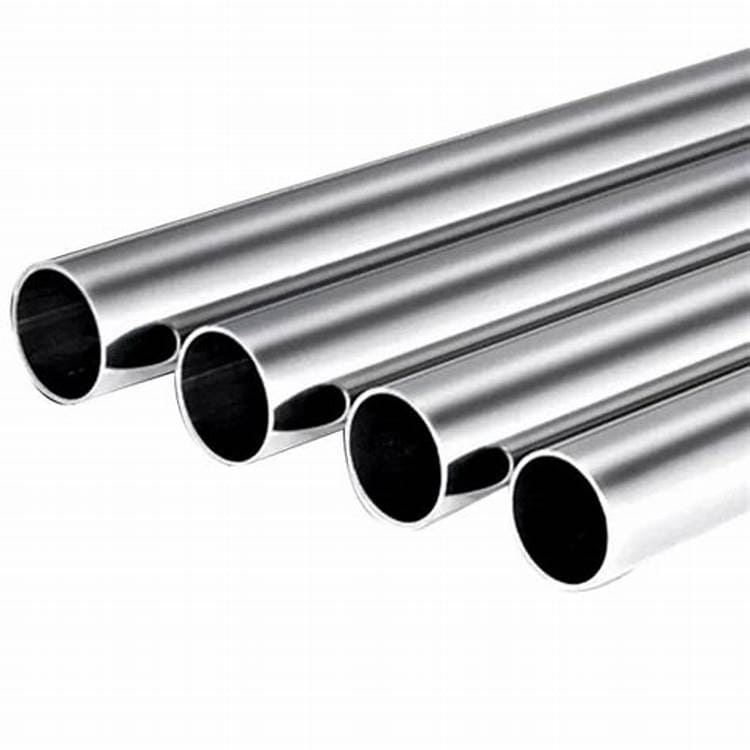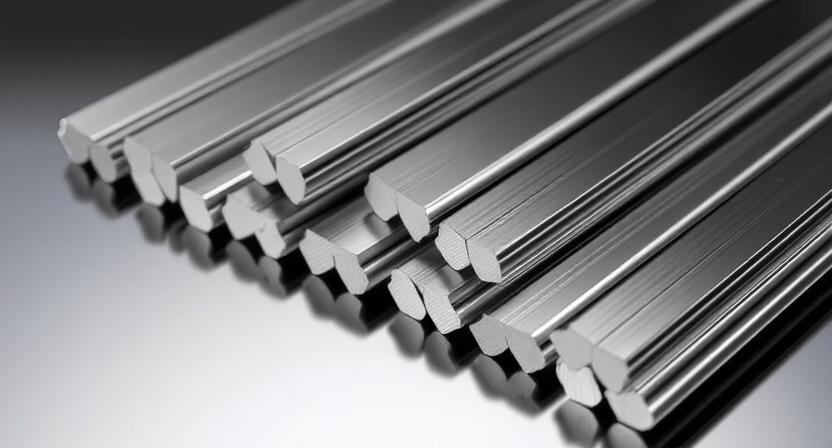Stainless Steel 202 ERW Tubes
Ferrobend Company stands at the forefront of the stainless steel industry, renowned for its high-quality manufacturing of Stainless Steel 202 ERW Tubes. With a legacy of precision, innovation, and a commitment to excellence, Ferrobend has established itself as a trusted name in the production of Stainless Steel 202 ERW (Electric Resistance Welded) tubes. This article provides an in-depth overview of Stainless Steel 202 ERW Tube manufacturing, highlighting Ferrobend’s advanced production techniques, key features of the product, and its various applications in different industries. At Ferrobend Company, we specialize in manufacturing high-quality Stainless Steel 202 ERW Tubes that are engineered to meet international standards.

Stainless Steel 202 ERW Tubes are made from Grade 202 stainless steel, which is an austenitic steel commonly used for various structural and industrial applications. The main advantage of ERW (Electric Resistance Welding) over other welding methods is its ability to produce high-quality, cost-effective, and reliable steel tubes for multiple purposes. The 202 grade is a low nickel version of stainless steel, making it more affordable than grades like 304 or 316 while still providing excellent resistance to corrosion, oxidation, and staining.
At Ferrobend, we prioritize sustainability in our manufacturing processes. Stainless steel is fully recyclable, making Stainless Steel 202 ERW Tubes an environmentally friendly choice for industries looking to reduce their carbon footprint. The first step is selecting high-quality stainless steel strips, specifically Grade 202, sourced from reputable suppliers. These raw materials are carefully examined for quality before being processed.
The ERW process offers superior strength and integrity, ensuring that Ferrobend’s stainless steel tubes will stand up to stress, mechanical wear, and pressure. This makes them ideal for high-demand applications in various industries. The stainless steel strips are then passed through rollers that bend them into tube shapes. The edges of the strip are brought together in a continuous, spiral pattern.
